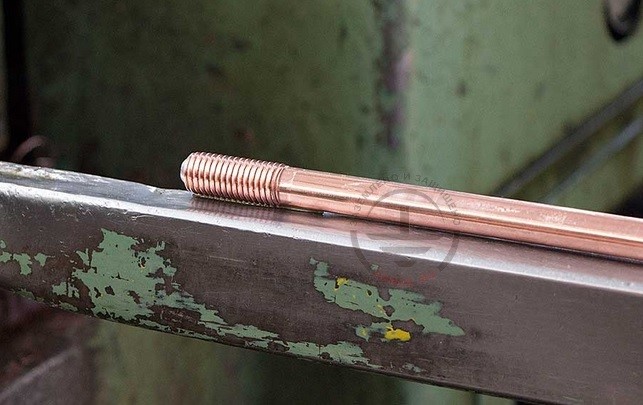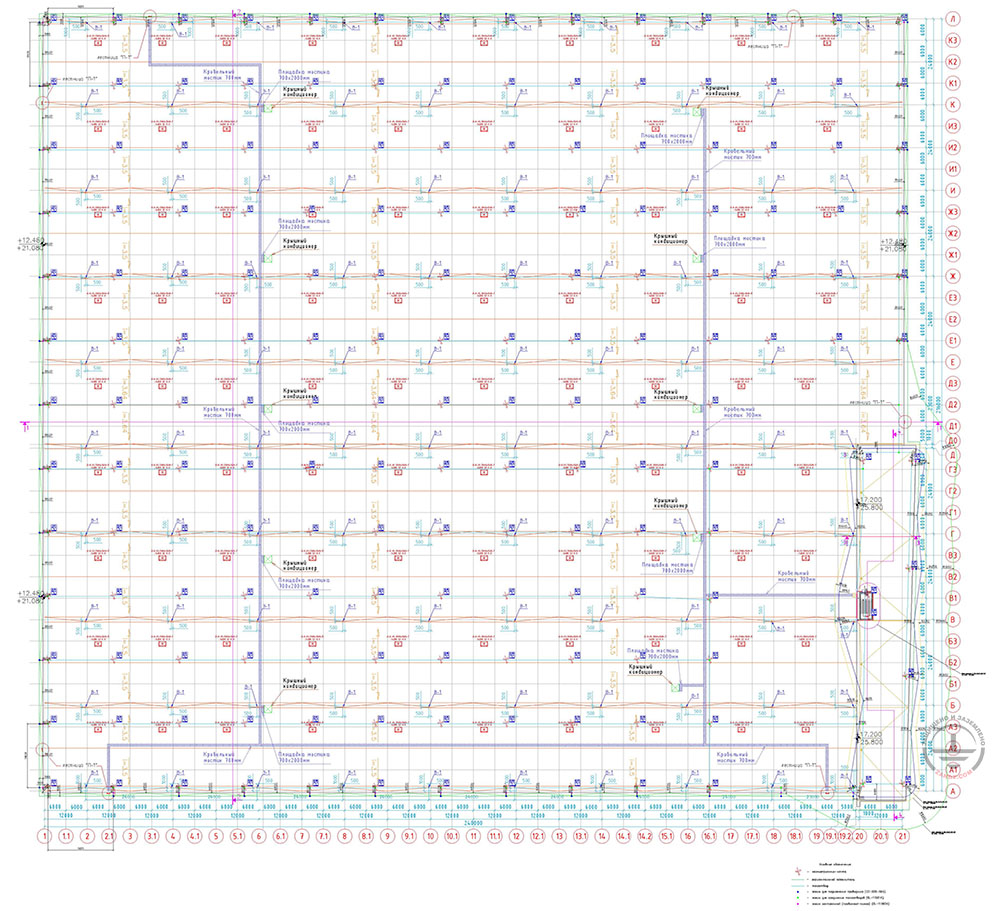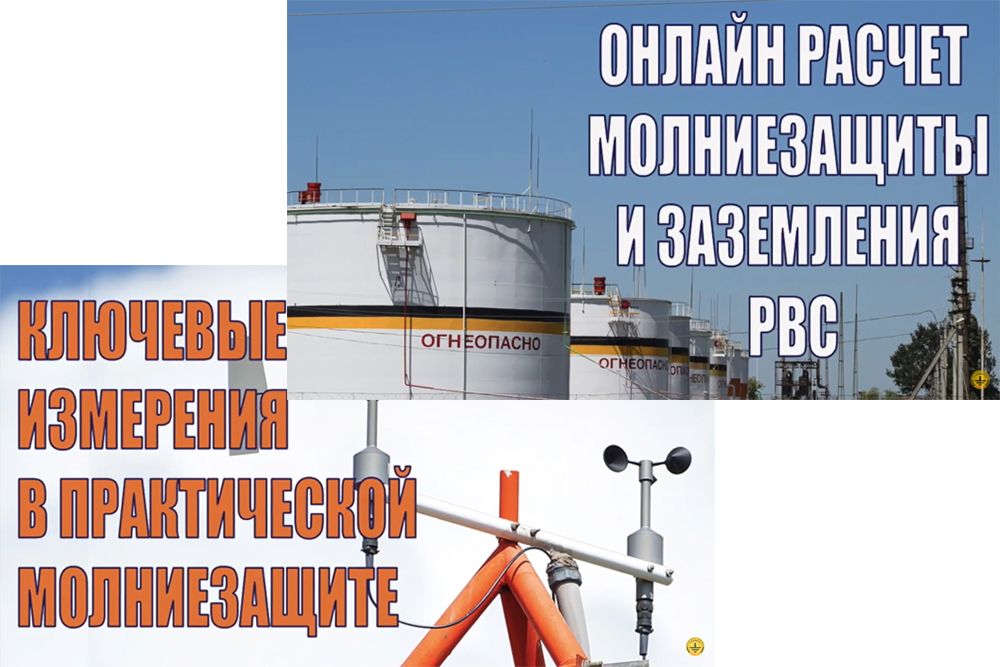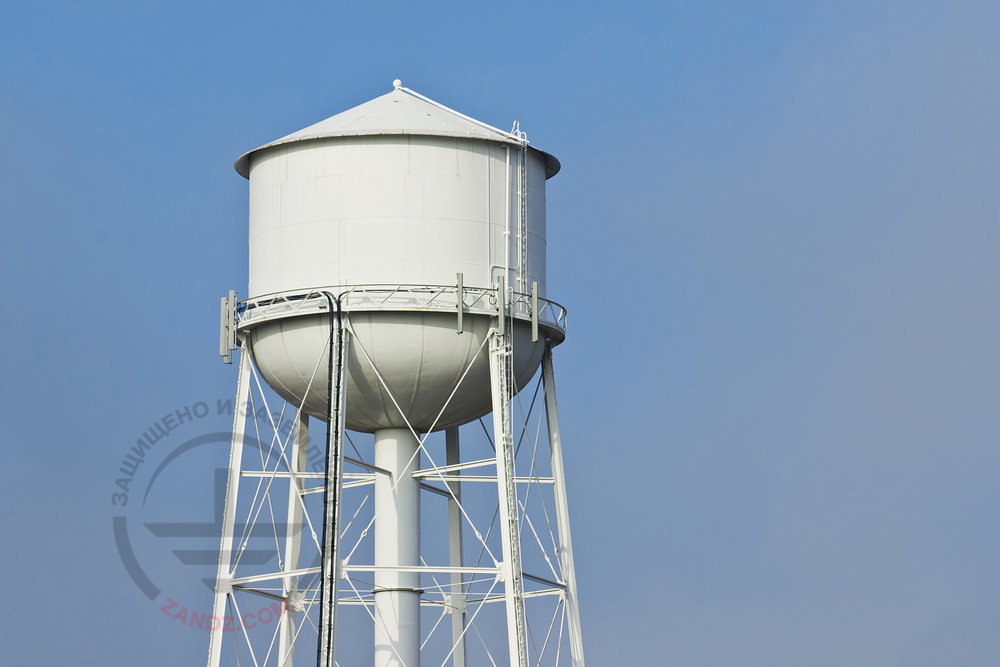During the reconstruction or overhaul of building and structures, we need to upgrade or replace the lightning protection and grounding systems. The ZANDZ Technical Center has received a request to calculate the lightning protection and grounding system for the museum in the Moscow Region. Let's consider the proposed solution for this task.
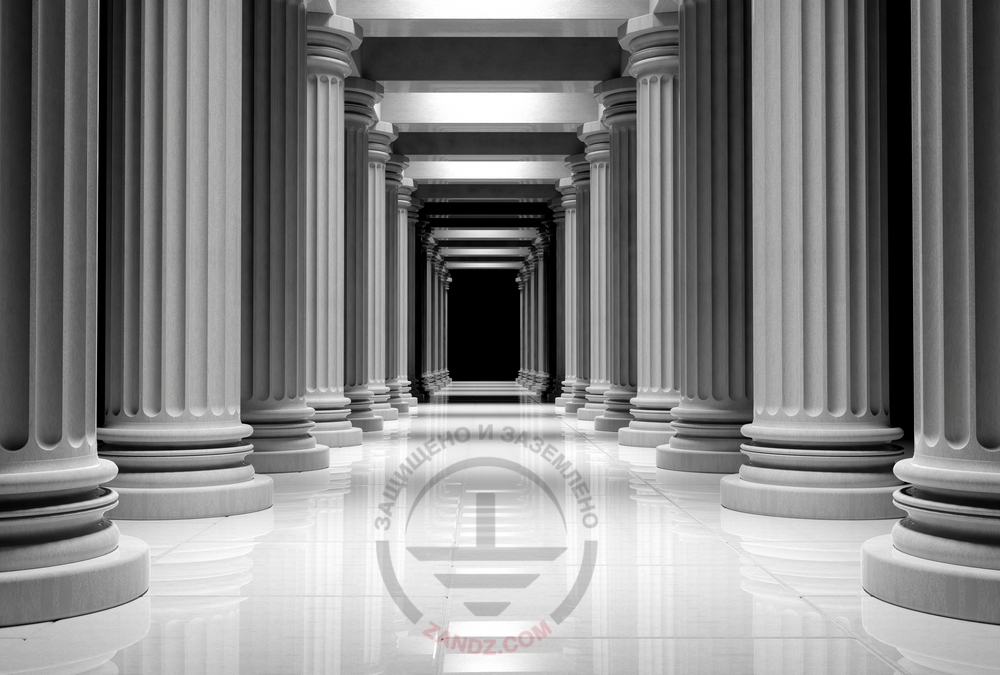
Initial data:
-
Facility: museum building;
-
AP drawings;
-
soil resistivity: 300 Ohm*m.
Task:
-
calculate the lightning protection system;
-
calculate the grounding arrangement.
Solution:
Lightning protection and grounding of the building are made in accordance with:
-
SO 153 34.21.122 2003 "INSTRUCTIONS FOR MOUNTING LIGHTING PROTECTIONS OF BUILDINGS, STRUCTURES AND INDUSTRIAL COMMUNICATIONS", hereinafter referred to as SO;
-
RD 34.21.122 87 "INSTRUCTIONS FOR MOUNTING LIGHTING PROTECTION OF BUILDINGS AND STRUCTURES", hereinafter RD.
The facility is "conventional" from the viewpoint of SO and is classified as Category III of the lightning protection according to RD. The required lightning protection system reliability is at least 0.9.
A set of measures to meet the necessary requirements to the lightning protection system and to the grounding arrangement of the multifunctional facility includes the following solutions:
1. The facility lightning protection is made using 5 m lightning arresters (ZZ-201-005).
2. Metal needles located on dome tops are used as natural lightning arresters.
3. A copper-plated steel wire (copper coating thickness is at least 70 μm), d8 mm (GL-11149) is used as a current collector.
4. Current collectors are installed using clamps GL-11747A on the roof and GL-11703A on vertical surfaces. The clamp installation interval is 0.8 to 1.0 m.
5. Multipurpose clamp GL 11551A is used to connect the rolled products over the length and in assemblies.
6. All metal elements located on the roof must be connected to the current collector using GL-11545A clamps. Stairs, railings, are attached using the terminal-clamp GL-11514N.
7. Copper-plated steel electrodes 3 m long in the places of the current collector downdrops are used as vertical ground electrodes. The copper-plated steel strip with a cross-section of 30 x 4 mm, combining all vertical electrodes, is used as a horizontal ground electrode. The distance to the facility foundation is at least 1 m. Strip deepening is 0.5 to 0.7 m.
8. According to the EIC, 7th rev., item 1.7.55, grounding devices for protective grounding of electrical installations for buildings and structures and the 2nd and 3rd categories lightning protection of these buildings and structures usually should be common.
9. If there are reinforced concrete structures, they should be connected to current collectors/grounding arrangement.
10. Connection to the grounding arrangement is made with clamps ZZ-005-064.
Results of the calculations performed by using the software developed by OAO Krzhizhanovsky Energy Institute (OAO ENIN):
The occurrence of lightning strokes into the ground is 4 strikes/sq. km per year
The total number of strikes into the system is 0.045 (once every 22 years).
The total number of breakouts in the system is 0.0047 (once every 213 years).
System reliability is 0.9.;
The probability of breakout into all facilities of the system is 0.01.
Ground terminal resistance calculation:
Vertical electrode resistance:

Верт - Vert
Экв - Eq
Ом - Ohm
м - M
, where ρeq – is soil equivalent resistivity, 300 Ohm·m;
L is vertical electrode length, 3 m;
d is diameter of the vertical electrode, 0.014 m;
T is deepening, i.e. the distance from the ground surface to the ground electrode, 2 m;

, where t deepening of the electrode top, 0.5 m.
Сопротивление горизонтального электрода:

Гор - Hor
, whereρ is soil resistivity, 300 Ohm·m;
b - is horizontal electrode width, 0.03 m;
h - is horizontal electrode depth, 0.5 m;
Lгор is horizontal electrode length, 23 m.
Electrical impedance of the grounding arrangement:
ЗУ - GA

, where n is a number of sets, vertical grounding arrangements 2 pcs, horizontal grounding arrangement 1 pc;
Kисп is utilization rate, 0.81.
The rated resistance of the grounding arrangement is 19,31 Ohm.
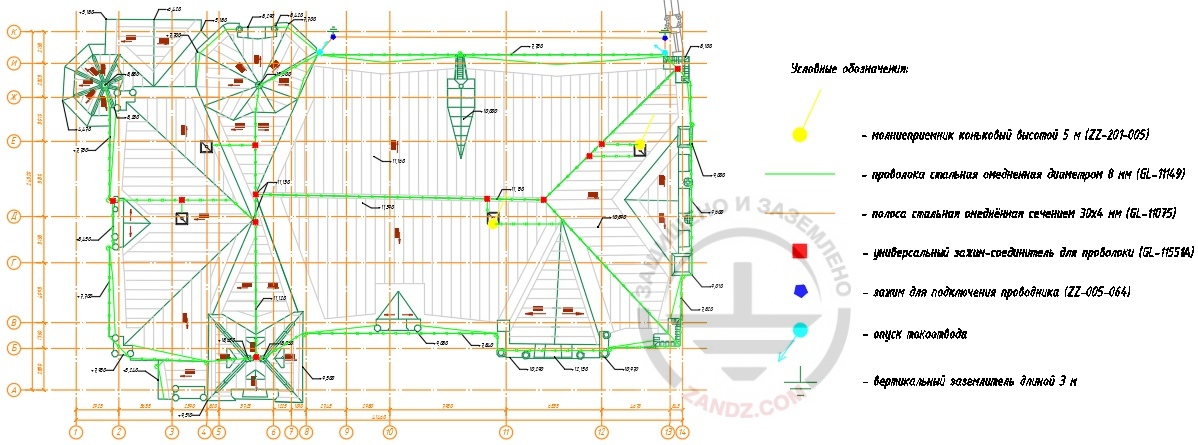
Figure 1. Equipment layout.
Условные обозначения - Key
The list of necessary materials is given in Table 1.
Table 1. List of needed materials.
|
№ |
Part number |
Name |
Quantity, pcs |
Weight, kg per unit |
Note |
|
1. |
ZZ-201-005 |
ZANDZ Tower interception rod, vertical, 5 m (stainless steel)) |
2 |
|
|
|
2. |
ZZ-202-002 |
ZANDZ Interception rod terminal, D42 mm for current collectors (stainless steel) |
2 |
|
|
|
3. |
ZZ-203-001 |
ZANDZ Wall fastening for interception rod (stainless steel) |
2 |
|
|
|
4. |
GL-11149-50 |
GALMAR Copper-plated wire (D 8 mm/S 50 mm²; 50-meter bundle) |
8 |
0,41 |
Weight per 1 m |
|
5. |
GL-11545A |
GALMAR Main conductor rain water gutter terminal (painted galvanized steel) |
10 |
0,112 |
|
|
6. |
GL-11551A |
GALMAR Terminal for connecting current collectors (painted zinc-plated steel) |
50 |
0,07 |
|
|
7. |
GL-11747A |
GALMAR Roof clamp coated with metal profile, for current collectors (painted galvanized steel) |
400 |
0,02 |
|
|
8. |
GL-11703A |
GALMAR Current collector facade clamp providing 15 mm elevation of the collector over the clamp (painted zinc-plated steel) |
40 |
0,02 |
|
|
9. |
GL-11514N |
GALMAR Ring clamp on rainwater pipe for current collector (tinned copper) |
10 |
0,076 |
|
|
10. |
GL-11075-20 |
GALMAR Copper-plated bar (30 * 4 mm / S 120 mm²; bundle 20 meters) |
2 |
0,98 |
Weight per 1 m |
|
11. |
ZZ-001-065 |
ZANDZ Copper-plated threaded grounding rod (D14; 1.5 m) |
4 |
2,00 |
|
|
12. |
ZZ-002-061 |
ZANDZ Threaded coupling |
3 |
0,08 |
|
|
13. |
ZZ-003-061 |
ZANDZ Termination |
2 |
0,07 |
|
|
14. |
ZZ-004-060 |
ZANDZ Guide head for jackhammer attachment |
1 |
0,09 |
|
|
15. |
ZZ-005-064 |
ZANDZ Conductor connection terminal (up to 40 mm) |
6 |
0,312 |
|
|
16. |
ZZ-006-000 |
ZANDZ Conductive grease |
1 |
0,10 |
|
|
17. |
ZZ-007-030 |
ZANDZ Waterproofing tape |
2 |
0,40 |
|
|
18. |
ZZ-008-000 |
ZANDZ Attachment to the hammer (SDS max) |
1 |
0,50 |
|
Do you have any questions regarding lightning protection and grounding of the museum? Please, contact the ZANDZ Technical Center!
Related Articles:
